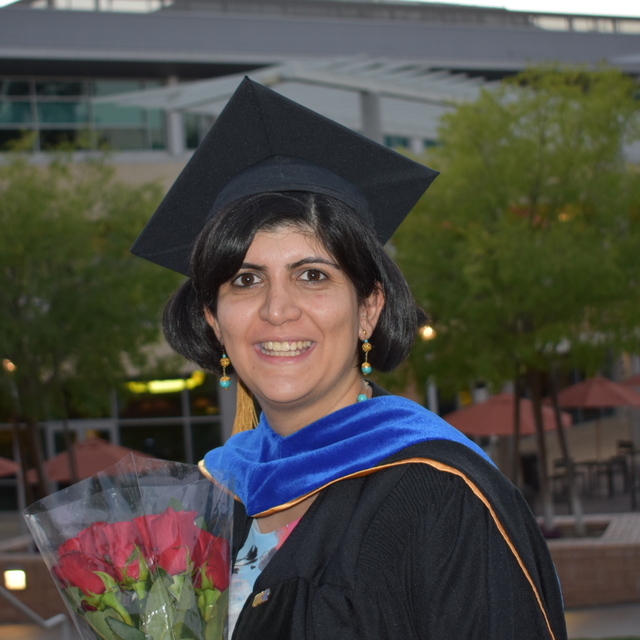November
2016
•
2016ApJ...831...38V
Authors
•
Vasei, Kaveh
•
Siana, Brian
•
Shapley, Alice E.
•
Quider, Anna M.
•
Alavi, Anahita
•
Rafelski, Marc
•
Steidel, Charles C.
•
Pettini, Max
•
Lewis, Geraint F.
Abstract
•
High-redshift star-forming galaxies are likely responsible for the reionization of the universe, yet direct detection of their escaping ionizing (Lyman continuum [LyC]) photons has proven to be extremely challenging. In this study, we search for escaping LyC of the Cosmic Horseshoe, a gravitationally lensed, star-forming galaxy at z = 2.38 with a large magnification of ∼24. Transmission at wavelengths of low-ionization interstellar absorption lines in the rest-frame ultraviolet suggests a patchy, partially transparent interstellar medium. This makes it an ideal candidate for direct detection of the LyC. We obtained a 10-orbit Hubble near-UV image using the Wide Field Camera 3 (WFC3)/UVIS F275W filter that probes wavelengths just below the Lyman limit at the redshift of the Horseshoe in an attempt to detect escaping LyC radiation. After fully accounting for the uncertainties in the opacity of the intergalactic medium (IGM) and accounting for the charge transfer inefficiency in the WFC3 CCDs, we find a 3σ upper limit for the relative escape fraction of {f}{esc,{rel}}\lt 0.08. This value is a factor of five lower than the value (0.4) predicted by the 40% transmission in the low-ion absorption lines. Though possible, it is unlikely that the nondetection is due to a high-opacity line of sight through the IGM (\lt 20% chance). We discuss several possible causes for the discrepancy between the escape fraction and the covering fraction and consider the implications for future attempts at both direct LyC detection and indirect estimates of the escape fraction.
Links




